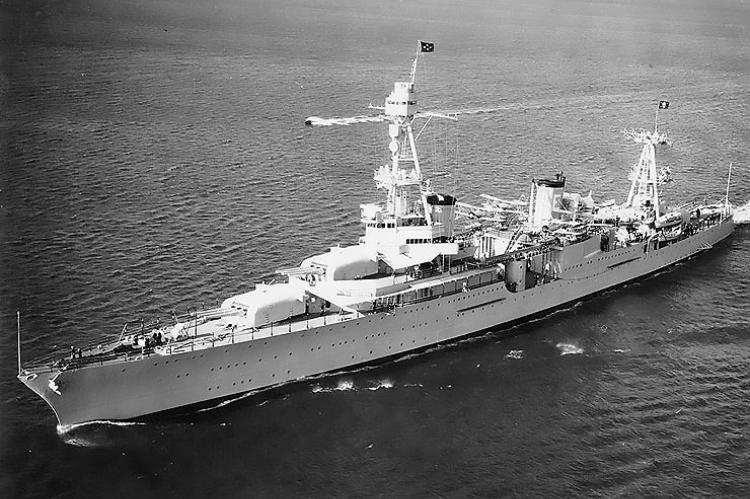Wreck confirmed to be WW2 US cruiser
Navy divers from the U.S. and Indonesia confirmed that a sunken vessel in the Java Sea is the World War II wreck of the USS Houston, a cruiser sunk by the Japanese in 1942. It serves as the final resting place for about 700 sailors and Marines. The ship carried 1,068 crewmen, but only 291 sailors and Marines survived both the attack and being prisoners of war.
Resting off the west coast of Java, Indonesia, the ship is a popular recreational dive site, US Navy said.
In recent months Navy archaeologists worked with Indonesian Navy divers to survey the wreck over the course of 19 underwater searches, U.S. Pacific Fleet commander Admiral Harry Harris said on Monday. The Navy History and Heritage Command confirmed that the recorded data is consistent with the identification of the former Houston.
Disturbances
Admiral Harry Harris added that divers have documented evidence the watery gravesite has been disturbed. Assessments conducted in June to determine the condition of the Houston found that hull rivets, a metal plate and unexploded ordnance were removed from the ship. There is also oil actively seeping from the hull.
Officials are working on measures to keep the site from further disturbance.
Following the battle of Java on 27 February 1942, USS cruisers Perth and Houston steamed into Banten Bay where the two ships came under attack from a Japanese battlefleet on 28. Feb. During the battle that ensured the Houston were struck repeatedly by torpedoes. Captain Albert Rooks was killed by a bursting shell at 00:30 and as the ship came to a stop Japanese destroyers moved in, machine gunning the decks. A few minutes later, Houston rolled over and sank. Houston's fate was not fully known by the world for almost nine months, and the full story of her last fight was not told until after the war was over and her survivors were liberated from the prison camps.


